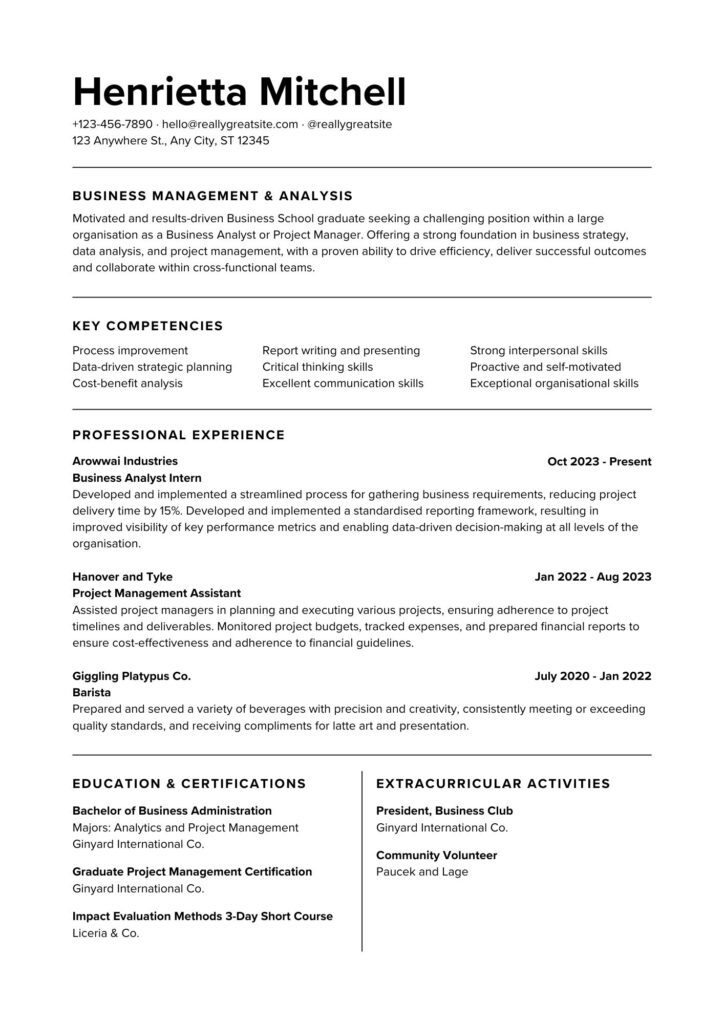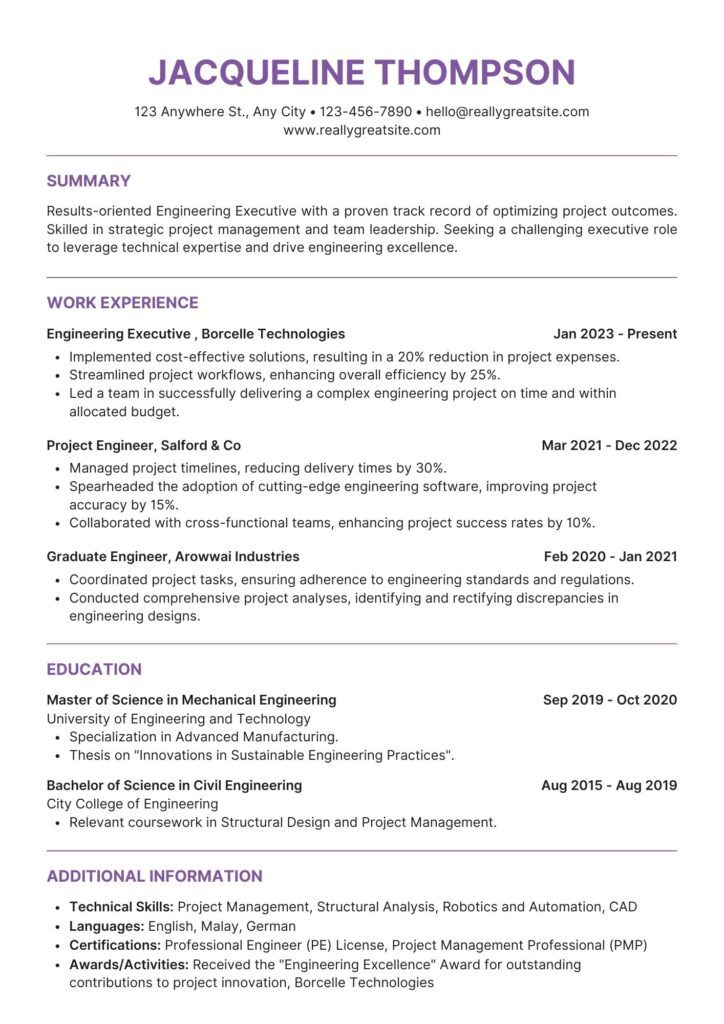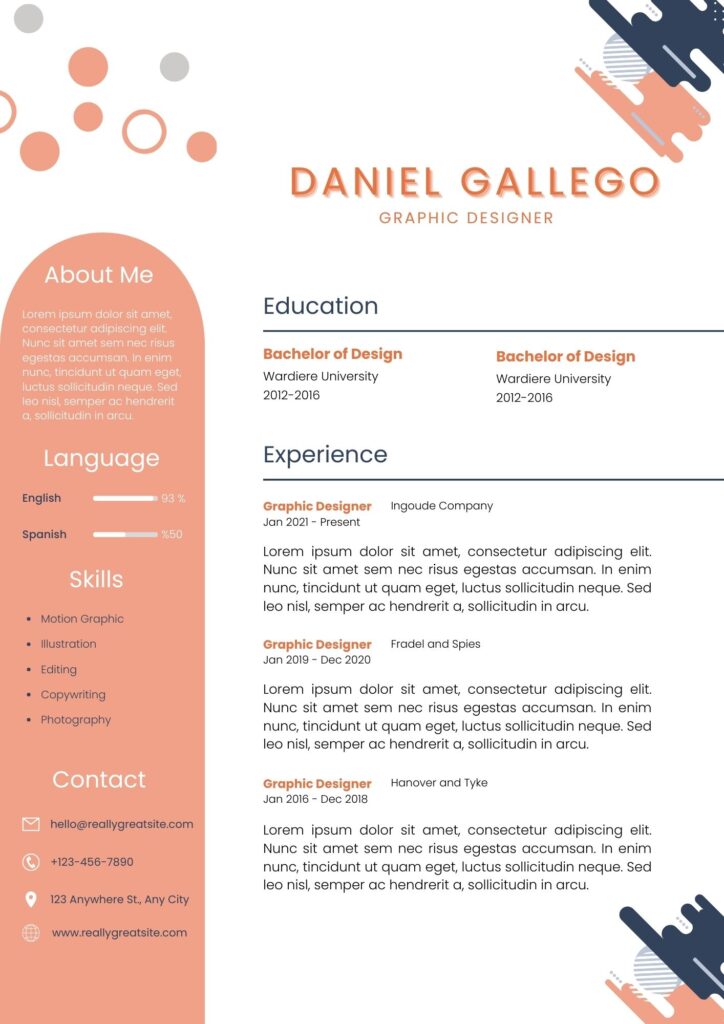Resume example word format In today’s competitive job market, having a standout resume is essential to catch the eye of recruiters and land your dream job. Your resume is often the first impression you make on potential employers, so it’s crucial to make it count. In this comprehensive guide, we’ll walk you through everything you need to know to craft a winning resume that showcases your skills, experience, and potential.
Download free resume example word format
Understanding Resume Basics
A resume serves as a snapshot of your professional background, highlighting your work experience, education, skills, and accomplishments. It’s a marketing tool designed to demonstrate why you’re the perfect candidate for a particular role.
Resume example word format Download here
Hey there, job seeker! If you’re on the hunt for your dream job, you know how crucial it is to have a killer resume in your arsenal. Your resume is essentially your first impression on potential employers, and you want to make sure it’s a memorable one. But don’t worry, crafting the perfect resume doesn’t have to be daunting. In this blog post, we’ll walk you through the process step by step, in a way that’s easy to understand and implement. So, grab a cup of coffee and let’s dive in!
How to write and what to consider
| Section | Description | Benefits |
| Understanding the Purpose | Clarifies the purpose of the resume and the importance of tailoring it to the target audience. | – Helps you understand the specific goals of your resume, leading to better customization.<br>- Increases the chances of grabbing the attention of potential employers by tailoring your resume to their needs. |
| Research and Preparation | Emphasizes the need for gathering information and analyzing job descriptions before writing. | – Provides a comprehensive understanding of your own qualifications and experiences.<br>- Enables you to align your resume with the specific requirements of the job you’re applying for. |
| Formatting and Layout | Discusses the importance of choosing an appropriate format and creating a visually appealing layout. | – Enhances readability and professionalism, making it easier for recruiters to navigate through your resume.<br>- Increases the likelihood of your resume standing out among others. |
| Writing the Content | Outlines the process of crafting the content, including summary/objective statements and highlighting experiences. | – Helps you effectively communicate your skills, experiences, and achievements to potential employers.<br>- Provides a clear and concise overview of your qualifications, making it easier for recruiters to assess your fit for the job. |
| Tailoring for Specific Roles | Advises on customizing the resume for each job application based on the job requirements. | – Demonstrates your understanding of the job requirements, showcasing your suitability for the position.<br>- Increases the chances of your resume being selected for further consideration by aligning it closely with the job description. |
| Proofreading and Editing | Stresses the importance of thorough proofreading and seeking feedback before finalizing the resume. | – Minimizes the risk of errors, ensuring that your resume presents a polished and professional image.<br>- Provides an opportunity to receive valuable feedback, helping you identify areas for improvement and make necessary revisions. |
| Final Touches | Covers adding final details such as contact information and additional sections to enhance the resume. | – Ensures that your resume contains all necessary information, making it easy for recruiters to contact you.<br>- Allows you to include additional sections that highlight your unique qualifications and experiences, further strengthening your candidacy. |
Understanding the Purpose:
First things first, let’s clarify why you’re writing this resume in the first place. Are you applying for a specific job? Trying to land an internship? Or maybe just updating your professional profile? Understanding the purpose of your resume will help you tailor it to your needs and target audience.
Research and Preparation:
Before you start typing away, take some time to gather all the necessary information. This includes your work history, education background, skills, and any relevant achievements. It’s also a good idea to analyze job descriptions for the positions you’re interested in, so you can tailor your resume to match the desired qualifications and keywords.
Formatting and Layout:
Now onto the fun part – formatting and layout! Choose a format that best suits your experience and career goals. Whether it’s chronological, functional, or a combination of both, make sure your resume is easy to read and visually appealing. Remember, first impressions count!
Writing the Content:
Time to put pen to paper (or fingers to keyboard)! Start by crafting a catchy summary or objective statement that grabs the reader’s attention. Then, highlight your relevant experiences, achievements, and skills, using action verbs and quantifiable results to showcase your impact.
Tailoring for Specific Roles:
One size does not fit all when it comes to resumes. Customize your resume for each job application by emphasizing the skills and experiences that are most relevant to the position. Trust us, recruiters can spot a generic resume from a mile away!
Proofreading and Editing:
Don’t hit send just yet! Take the time to thoroughly proofread your resume for any grammar, spelling, or formatting errors. Better yet, enlist the help of a friend, mentor, or professional resume writer to give it a once-over.
Final Touches:
Add a professional header with your contact information, and consider including additional sections such as certifications, volunteer work, or relevant hobbies. These little extras can help you stand out from the crowd.
Choosing the Right Resume Format
There are several resume formats to choose from, including chronological, functional, and combination formats. Each format has its own advantages and is suitable for different career stages and objectives. Selecting the right format is the first step in creating a resume that effectively showcases your qualifications.
Crafting a Compelling Summary/Objective
Your resume’s summary or objective statement is your chance to grab the reader’s attention and provide a brief overview of your career goals and qualifications. A well-crafted summary or objective can entice employers to keep reading and learn more about you.
Highlighting Work Experience
The work experience section is the heart of your resume, where you detail your previous roles, responsibilities, and achievements. Focus on quantifiable accomplishments and tailor your experience to align with the requirements of the job you’re applying for.
Showcasing Education and Skills
In addition to work experience, your resume should include sections for education and skills. Highlight relevant degrees, certifications, and training programs, as well as both hard and soft skills that are applicable to the position.
Adding Additional Sections (Optional)
Depending on your background and career goals, you may choose to include additional sections in your resume, such as volunteer work, professional affiliations, or language proficiency. These sections can provide additional insight into your qualifications and interests.
Formatting and Design Tips
A well-designed resume is easy to read and visually appealing. Choose a clean and professional layout, use consistent formatting throughout, and pay attention to font selection, spacing, and alignment. Bullet points and bolding can help to emphasize key information and improve readability.
Proofreading and Editing
Before submitting your resume, be sure to proofread it carefully for errors in spelling, grammar, and punctuation. Editing is also essential to ensure that your content is clear, concise, and relevant to the job you’re applying for. Consider seeking feedback from friends, colleagues, or professional resume writers to ensure that your resume is polished and professional.
Customizing Your Resume for Each Job Application
One size does not fit all when it comes to resumes. Tailor your resume to each job application by highlighting the most relevant skills and experiences, and customizing your summary/objective to align with the specific requirements of the position. This extra effort can significantly increase your chances of landing an interview.
Leveraging Keywords and ATS-Friendly Formatting
Many companies use Applicant Tracking Systems (ATS) to screen resumes for keywords and relevant qualifications. To increase your chances of passing through ATS scans, incorporate relevant keywords from the job description into your resume and use ATS-friendly formatting techniques such as clear headings and standard fonts.
Conclusion
Crafting a winning resume takes time, effort, and attention to detail, but the payoff can be well worth it. By following the tips outlined in this guide, you can create a resume that effectively showcases your strengths and sets you apart from the competition. Remember to tailor your resume to each job application, proofread it carefully, and stay up-to-date on current resume trends and best practices. With the right approach, you’ll be well on your way to landing your dream job.









